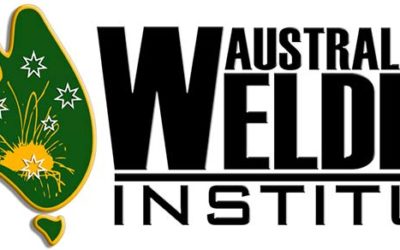AS/NZS ISO 3834
Many fabricators, major clients and project management companies have heard of ISO 3834 and the initial reaction is often negative. That is a pity since it is a very good standard but one that has been much maligned and one that has a reputation of being expensive. AWI has made a decision to rectify that situation with a few simple facts and we hope you find the following informative and helpful.
What is the difference between ISO 3834 and AS/NZS ISO 3834?
ISO 3834 is an International standard and the basis of it lies within the ISO system. Compliance to ISO 3834 Part 2 means compliance with Part 5 as well. Part 5 spells out the standards to which the fabricator must comply and mentions such standards as ISO 15609, ISO 15614, ISO 9606, ISO 9712, EN 287, etc. AS/NZS ISO 3834 Part 5 gives typically equivalent Australian standards such as AS 3992, ASME IX, AS 1554, etc.
Are certification schemes available?
Yes but none that are nationally accepted within Australia. If JAS-ANZ decides one day to add AS/NZS ISO 3834 to its list of standards that it accredits organisations to, then things may change.
What is the difference between Certification and Compliance?
Certification means that an independent third party is running an accredited certification scheme. Following an audit, if the Fabricator meets all of the requirements of AS/NZS ISO 3834, then the third party can issue a certificate.
There is normally a validity to the certificate as well and that validity is often subject to satisfactory surveillance audits. Compliance means that someone has carried out an audit and has deemed the Fabricator to comply with the relevant part of AS/NZS ISO 3834. That someone could be:-
First party
The Fabricator’s representative such as the Quality Manager performs the audit in accordance with AS/NZS ISO 3834 and states that the Fabricator complies. This will not sit well with the Client.
Second party
Someone from the Client visits the Fabricator, performs an audit and declares that the Fabricator complies with AS/NZS ISO 3834. This is better but there is a cost to the Client.
Third Party
Someone completely independent visits the Fabricator to perform the audit. A Letter of Compliance is issued by the third party stating the results of the audit. This letter can contain the same information as a certificate but without the validity period.
How will AWI handle the issue of qualifications of the RWC?
In order to comply with AS/NZS ISO 3834 Part 5, you need a Responsible Welding Coordinator who meets the requirements of ISO 14731. At AWI, we believe that every RWC is different and the crucial issue revolves around whether the RWC has the knowledge, experience and training to meet the Fabricator’s needs. We believe that qualification is important but should not be the only criteria.
How will I know if I am ready for an audit?
AWI can recommend companies, individuals or organisations which can assist fabricators in setting up a system and getting it ready for audit. Unlike in days past when a consultant simply sold the same quality manual to several different companies, AS/NZS ISO 3834 cannot work like that. There are some common areas but because every Fabricator is an individual, an individual system tailored to suit a specific workshop is required.
How long will the audits take and who will do them?
For the normal Fabricator in Australia, the audit will take two man-days. This is two auditors working separately and achieving the full outcome in one day. Auditors will be chosen for their training and experience in the field of auditing quality management systems and for their knowledge, experience and qualifications in welding.
How do I get more information and how do I obtain a quote?
Contact the Australian Welding Institute at admin@welding.org.au

